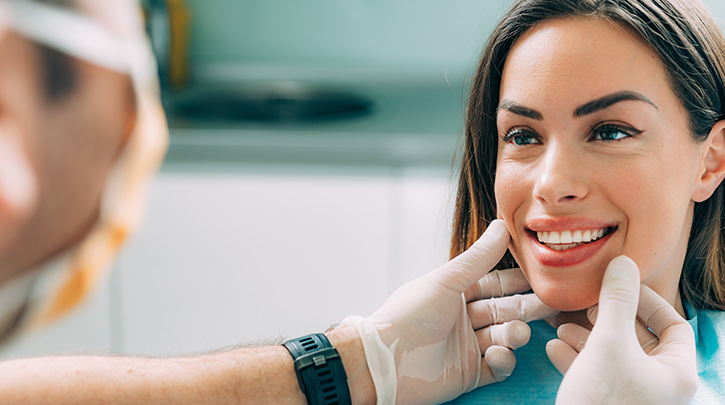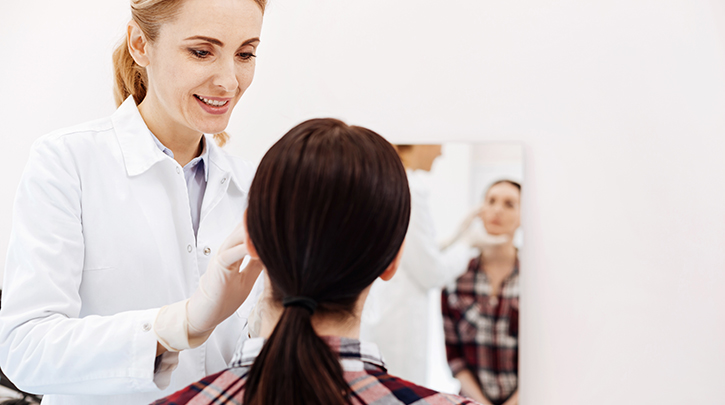Hair restoration is an exciting and lucrative segment of the aesthetics industry and a robust addition to any clinic’s offerings. Although hair loss affects both men and women, each demographic has unique needs that you must acknowledge and address in order to cater to the growing demand for this life-changing treatment. Below, we explore the complexities of female hair loss in today’s market that you need to know for your clinic’s success.
Overview Of the Female Hair Restoration Market
The total market for hair restoration treatments has increased 16% since 2016 and it is now a $4.9 billion industry. Last year alone, over 700,000 procedures were performed worldwide. The same International Society of Hair Restoration Surgery reports that only 16% of those procedures were performed on women, a number which allows us to draw three conclusions. First, that women spent approximately $784 million on hair restoration last year. Second, that the market is growing, up from just 12% the previous year. Third, that there is still hesitation among women to get a hair restoration procedure, which could be due to the simple fact that hair restoration is still, in large part, marketed solely to men. From this, we can expect that any clinic that puts effort into marketing hair restoration towards women will have the advantage of attracting an overlooked demographic.
COVID-19 And Female Hair Loss
Female hair loss can be due to a variety of factors, including genetics, lifestyle changes, certain medications, or post-pregnancy. In some cases, the hair loss is temporary. In cases where the hair loss is permanent, only a hair restoration procedure will revive the lost hair. Recently, studies have shown that women who have had COVID-19 are experiencing hair loss for months after recovering from the virus. Anecdotal reports from recovering patients, including celebrities like Alyssa Milano, further these claims. For now, it appears that post-COVID-19 has to do with the three stages of hair growth and that the shedding may be temporary, with the hair returning to normal growth after a period of time. However, COVID-19 hair loss brings up an opportunity to open up a discussion about female hair loss, and to invite women into your clinic to discuss their concerns. If their hair loss is more severe, permanent, or continues long after COVID-19, then a hair restoration procedure is the answer.
The Emotional Impact of Female Hair Loss
According to one study by the American Academy of Dermatology, 40% of women will experience noticeable hair loss by the age of 40. It isn’t difficult to imagine the toll that female hair loss can take on self-esteem. In many cultures, a full head of hair denotes not only good health, but also social status, youth, and beauty. In men, hair loss takes such a huge bite out of confidence that it has been shown to affect self-perception and interpersonal relationships—for women it’s no different. This is reflected in a survey uncovering that the most common reasons for patients seeking hair restoration among patients were ‘social/dating’ (37%), followed by ‘career/professional’ (34%). Because female hair loss can have such an impact on self-esteem, saying that hair restoration can be life-changing is no overstatement.
The Solution
Many women experiencing hair loss or thinning thinking that over-the-counter options or styling their hair differently are their only options. This is because most hair loss solutions are marketed to men. With the stigma of hair loss and a lack of clear marketing, female patients are at a disadvantage when searching for someone to turn to for advice. That’s why positioning your clinic as an expert in female hair restoration could put you at an advantage over your competitors. There is a better option for permanent hair restoration specifically designed with female hair loss in mind: NeoGraft®.
NeoGraft® is the latest generation in hair restoration devices, using automated FUE in a process that requires no stitches, leaves no visible scarring, and delivers a more natural-looking result. The procedure uses your own existing hair, transplanting healthy follicles through precision micrografts that cause little to no discomfort during the procedure, and require little downtime. After some initial tenderness in the first 2-3 days, most people return to regular activities. The transplanted hair will look natural, grow at the same rate as the surrounding hair, and should last for life.
Recently, we followed Jessi’s journey as she underwent a NeoGraft® hair restoration procedure. Her experience sums up what we’ve learned about the complexities of female hair loss. When she began to notice her hair thinning after having children, she turned to over-the-counter and styling to cover it up. “I tried vitamins, shampoos, spray fibers—all of that stuff only helps the hair you have. It doesn’t grow new hair.” That’s when her friend recommended, she look into hair restoration, and she found out about NeoGraft®. As little as 18 months after the procedure, she booked her first salon appointment in ages. “Now that my hair is all grown, I feel like I can do any hairstyle. People are telling me how awesome and full my hair looks.”
You can offer the same transformative experience that Jessi experienced with NeoGraft to your patients. Reach out to one of our experts today to learn more.
Practice Enhancement Tips






